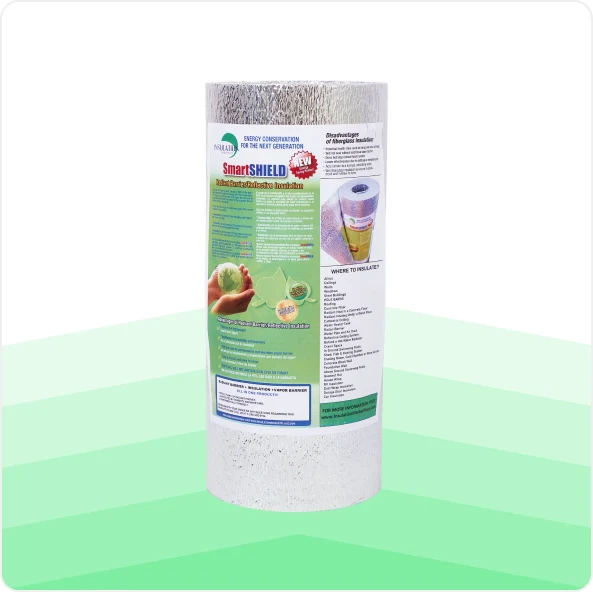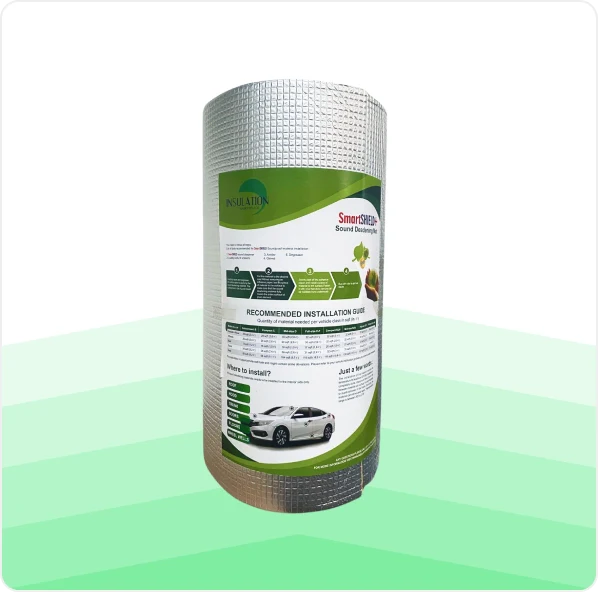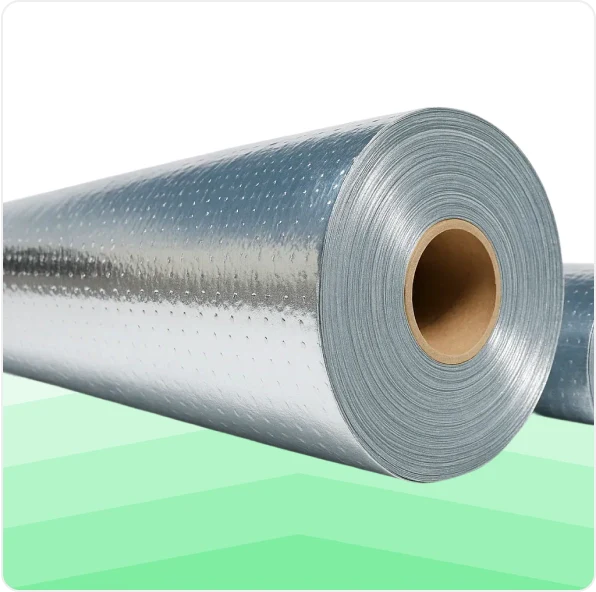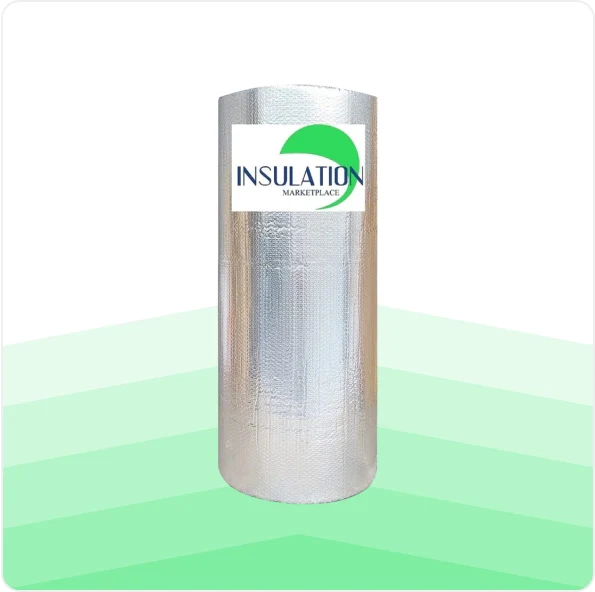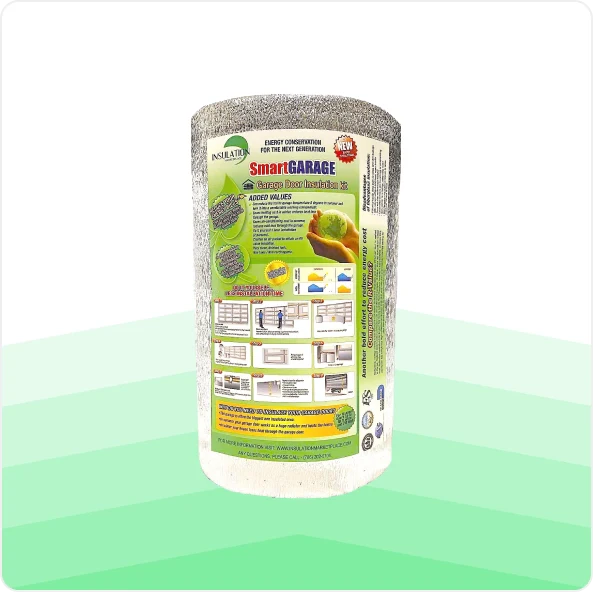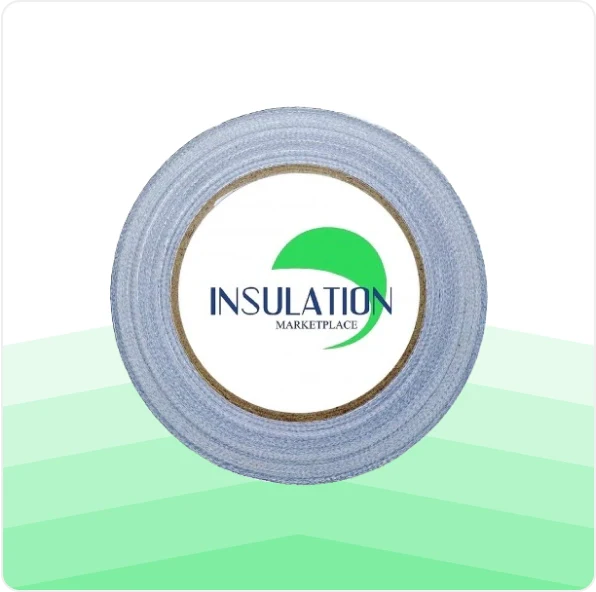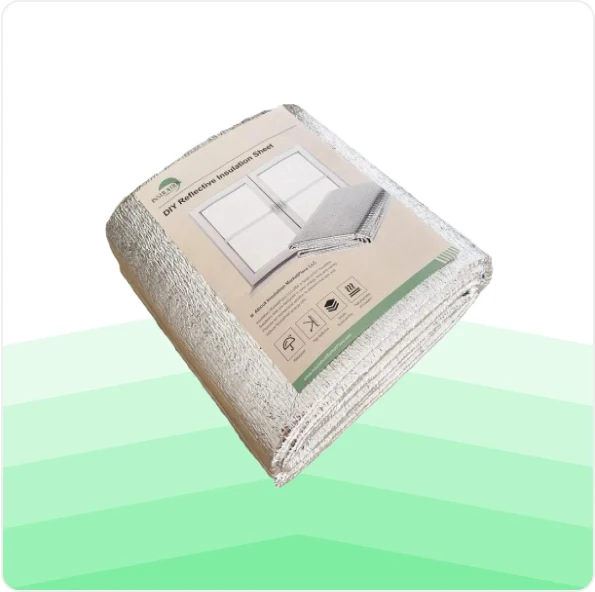Reflective tape is a powerful tool for sealing insulation seams, HVAC ductwork, and radiant barrier layers. But how do you use reflective tape correctly to ensure long-term performance and secure adhesion?
If you are working with foil insulation, bubble wrap duct insulation, or radiant barriers in your attic or garage, a high-quality reflective tape is essential. In this guide, we will walk you through how to use reflective foil tape properly for best results in home insulation projects.
Let’s cover five steps to get it right from the start.
1. Choose the right reflective tape for the job
Not all tape is designed for insulation or HVAC use. Generic metallic or decorative tapes are not built to handle temperature fluctuations, moisture exposure, or long-term bonding. For radiant barrier seams or duct insulation, you need aluminum foil HVAC tape with strong adhesive backing.
The recommended choice is SmartTAPE reflective foil tape. It is specifically designed to work with Insulation MarketPlace products like SmartFOIL, SmartSHIELD, and SmartBUBBLE. This tape is fiberglass-reinforced for extra strength and holds tight in both hot and cold environments.
SmartTAPE creates a secure seal over seams, joints, or gaps where radiant heat or air could escape. It is ideal for garages, attics, sheds, and mechanical rooms.

2. Clean and prep the surface
Good tape starts with a clean surface.
- Before applying SmartTAPE, make sure the surface is free of dust, grease, moisture, or debris.
- Use a mild soap and water solution or rubbing alcohol to clean the surface. Then let it dry fully. Any moisture or residue left behind can weaken the bond between tape and insulation.
The recommended application temperature is between 50°F and 100°F. Avoid taping during extreme cold or humidity, as this can interfere with proper adhesion.

3. Measure, cut, and align the tape
- Start by measuring the length of the seam or area you need to tape.
- Cut the foil tape to the required size using sharp scissors or a utility knife.
Only peel back a small portion of the release liner at a time. This gives you control and avoids the tape folding onto itself. Align the tape carefully before pressing it down.
For long seams, work in sections and overlap edges by at least half an inch to ensure full coverage.

4. Apply and press with firm pressure
- Once aligned, press the tape into place using a clean cloth, gloved hand, or squeegee.
- Smooth from the center outward to remove any air pockets or wrinkles.
Make sure all edges are secure and that the tape is fully bonded to the surface. A proper seal blocks air leaks, prevents moisture intrusion, and enhances the effectiveness of radiant barrier or bubble insulation.
If you are taping around curves or corners, make small relief cuts in the tape to help it conform better.

5. Inspect and maintain the sealed surface
- After applying the tape, inspect it closely.
- Look for any loose edges, trapped air bubbles, or missed seams.
- Press down on any lifted areas.
SmartTAPE is designed to last for years, but it is good practice to check your taped seams annually. If the tape starts to peel or degrade, simply clean the area and apply a new strip of tape over the seam.
Routine inspection ensures your insulation continues to perform efficiently and safely.

When to use reflective foil tape
Reflective HVAC tape is the finishing layer for many insulation systems. Use it for:
- Sealing radiant barrier seams in attics or garages
- Wrapping HVAC ducts that use reflective insulation
- Closing joints in bubble wrap insulation for ductwork
- Repairing or reinforcing foil insulation layers
- Covering gaps around vents, corners, or exposed seams
If you are wondering is reflective insulation better than fiberglass, keep in mind that foil insulation needs to be sealed well to outperform traditional materials. That is where reflective tape makes the difference. Fiberglass batts may insulate, but without a sealed system, air leakage and moisture can still cause issues.
Why SmartTAPE works best with reflective insulation
SmartTAPE is designed specifically for use with reflective insulation systems. It bonds securely to foil-faced surfaces like SmartFOIL or SmartBUBBLE, maintaining both thermal integrity and vapor control.
Unlike hardware store tapes that break down over time or peel in hot conditions, SmartTAPE stays in place and keeps your insulation system airtight. It is reinforced with fiberglass mesh for strength and is UL-listed for code compliance.
For any reflective insulation installation, foil tape is not optional. It is a core part of the system that makes it work as intended.
How do you use reflective tape for the best results

To recap, how do you use reflective tape and make sure it performs:
- Choose HVAC-grade foil tape like SmartTAPE
- Clean and dry the surface fully before taping
- Measure, cut, and align carefully
- Apply firm pressure to bond the tape completely
- Inspect your work and check seams over time
When used correctly, SmartTAPE enhances the lifespan and performance of your insulation. It seals air gaps, protects against moisture, and ensures radiant barriers reflect heat the way they should.
Ready to finish your insulation project the right way? Check out the Insulation MarketPlace online store and order SmartTAPE now. It ships fast, installs easily, and gives your insulation the professional seal it needs to last.

